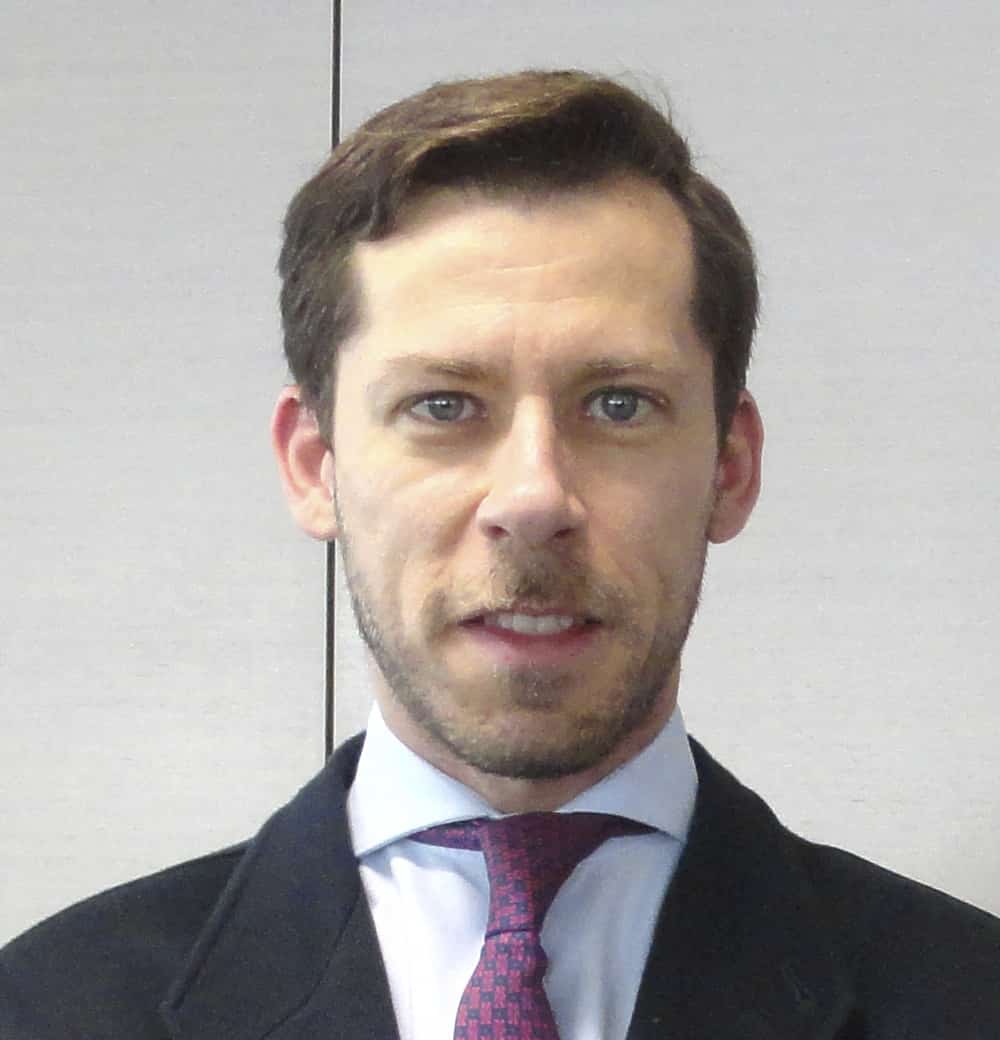Luis Martins, head of Global Macro at BBVA, speaks to Global Finance about the current state of the foreign exchange market and how the bank is meeting corporate needs.

Global Finance: 2022 was a challenging year for corporates worldwide. How did that impact their FX needs?
Luis Martins: I would say that the biggest challenge this past year was posed by the relentless dollar appreciation trend. To make matters worse, this time around, volatility was not concentrated primarily in emerging markets—as in previous spurs of dollar strength—but rather, G-10 currencies were the ones suffering the most. As a result, this has put pressure on corporate margins and also intensified the need for active FX hedging programs among a much larger pool of corporates worldwide. Finally, it is also worth mentioning that the Russian sanctions and the resulting disruption to ruble trading and payments earlier in the year posed a significant challenge for many customers.
GF: How did BBVA manage to stay ahead of those needs and excel?
Martins: As FX derivatives became more relevant for clients, with an increase in currency volatility, the ability to accompany clients closely in their FX hedging strategies was very important. One relevant aspect this past year has also been the active management of credit for clients’ derivatives trading, to make sure it was available when needed. With the surge in USD, we witnessed a decrease in the credit availability of many European corporates due to the adverse changes in the mark-to-market of their portfolio of preexisting FX derivatives, and this was an opportunity for us to gain market share.
GF: What changed for the global FX market this past year amid a 40-year high US dollar?
Martins: The FX market has basically reflected the different paces of rate increases among the Federal Reserve and the rest of the central banks. Although all central banks are committed to constraining inflationary pressures, the Fed has shown its capacity to adapt to the changing environment at a higher speed than others. The strength of the USD has made clients look for a wider range of FX risk-hedging products, demanding more solutions and ideas.
Leaving aside the ruble episode, 2022 did not bring any major challenges on the operations side at BBVA. This has to do with the fact that we have seen a large portion of the growth coming from G-10 currencies, where electronic trading, automation and settlement risk, among other aspects, are all more advanced and robust.
GF: For the past decade, growth in the global FX market largely occurred in emerging markets. Are we looking at a different scenario now?
Martins: It is definitely possible. In the past decade, the interest rate environment in developed countries, together with globalization and the increase in world trade and cross-border investment flows, have supported the growth of emerging currencies. I believe that the resurgence of interest rate volatility in developed markets and some deglobalization trends might balance the growth outlook for developed and emerging currencies in the near term.
GF: Smaller companies are generally more affected by an inflationary, higher-interest-rate environment. What has BBVA done to help such companies weather such risks?
Martins: We have been very active in ensuring our smaller clients also use FX derivatives for hedging purposes. This has meant helping them understand how to make sensible use of derivatives for FX risk management, providing them with the necessary credit so that they can trade without any liquidity requirements, and making these instruments available electronically for easy and fast execution to this client segment. Finally, we have also recently launched some online hedging tools for clients to simulate potential scenarios and hedging strategies.
GF: Technology has been a key driver of BBVA’s enormous success in the FX market, with solutions such as SWIFT GO, FX Net Cash and BBVA eMarkets. Are these solutions even more of the essence in a period of global crisis?
Martins: Clearly, yes. Our investments in technology throughout the last few years have elevated us to a position from which we are able to tackle years with particularly volatile environments like 2020, 2021 and 2022 rather smoothly. By applying innovation to our business, we have been able to continue providing top client service across the whole value chain—pre-trade, trade and post-trade services—even in the most challenging times, where scarcity of liquidity in some currencies was a reality and volatility was significantly higher.


